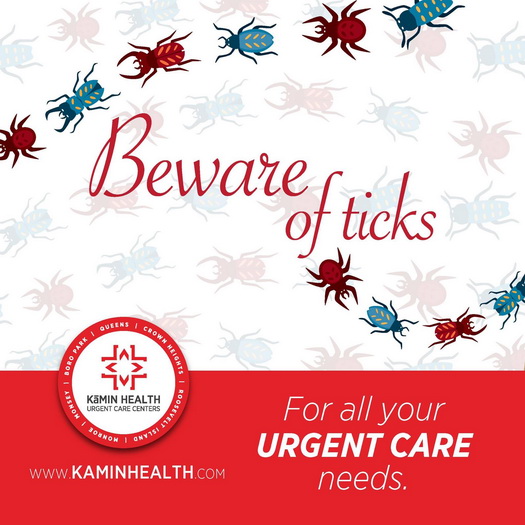
A Weekly Medical Minute: Ticks and Lyme Disease
Lyme Disease is an infection that is transferred to human beings through deer tick bites. Parents should check their children thoroughly after they have been playing outdoors. If a tick is found on a child, it should be removed immediately.
If residue from the tick, such as a leg or piece of mouth, remain in the child, scientific studies have shown that there is no gain in removing them. Rather, attempts to remove the small parts raise the chance of the bite becoming infected.
If the tick was found you are confident it was removed before 24 hours, there is no need to have the tick tested for Lyme Disease, as the tick must have been on the child for 24 hours to transmit the disease.
– Dov Landa PA-C
Clinical Director
Tov Health Pomona, NY
Lyme disease is caused by the bacterium Borrelia burgdorferi and is transmitted to humans through the bite of infected blacklegged ticks. Typical symptoms include fever, headache, fatigue, and a characteristic skin rash called erythema migrans. If left untreated, infection can spread to joints, the heart, and the nervous system. Lyme disease is diagnosed based on symptoms, physical findings (e.g., rash), and the possibility of exposure to infected ticks. Laboratory testing is helpful if used correctly and performed with validated methods. Most cases of Lyme disease can be treated successfully with a few weeks of antibiotics. Steps to prevent Lyme disease include using insect repellent, removing ticks promptly, applying pesticides, and reducing tick habitat. The ticks that transmit Lyme disease can occasionally transmit other tickborne diseases as well.
This Weeks Medical Minute is Sponsored by Kāmin Health – Crown Heights Urgent Care Located at 555 Lefferts Avenue












